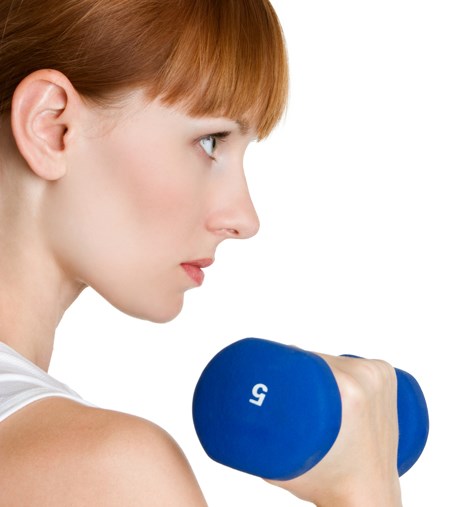Almost everyone has heard the age-old fitness question: What do you bench?
It relates to your one-rep maximum for the bench press, a foundational strength exercise. Here's a hint, in certain circles, an answer less than 1.5 times your own body weight could be frowned upon. Yikes.
But times have changed and many now realize that exercising for fitness and strength are not the same thing, nor must they be mutually exclusive. So no matter what your goals are, a trusty weight bench can be utilized for much more than traditional chest and arm exercises.
In fact, there are hundreds of bench exercises designed for diverse goals, including agility, endurance, balance, stability, and fullbody strengthening and toning. So perhaps the better question is not what, but how you bench. Meaning, how do you use it to help you meet your personal fitness goals? Here are some suggestions broken down by exercise type.
Agility and Endurance
Bench Jump: Stand about one foot from the broad side of the bench and jump up with both feet landing simultaneously. Pause for balance, then step back down to the starting position to complete one repetition.
Bench Step-Over: Plant one foot along the bench near the middle. Next, step back and forth over it with the trailing leg as quickly as you can for 30 seconds per leg.
Leg Strength and Balance
Bench Step-Up: Face the broad side of the bench with one foot on top of it, then step up to your full height and back down at least 10 times per leg. Extending the ankle at the height of each step-up can target the lower leg.
Single-Leg Squat: Balance entirely on one planted foot while facing away from the bench, then move repeatedly and in a controlled manner between standing and sitting.
Tip: Added weight in each hand increases the difficulty of any of the above exercises.
Core Strength and Stability
Plank Hip Raise: Suitable even for injury-free beginners, start with one elbow on the bench, the chest perpendicular to the floor, and both feet extended and together, just like an angled side plank. Next, slowly raise and lower your body by hinging at the hip.
V-Sit Knee Tucks: Sitting near the end of the bench, raise your knees to form aV with the chest, keeping the ankles together but down. Holding the bench for support, perform each rep by extending the legs parallel to the floor and returning to the starting position.
These days, typical gym workouts have evolved to become more diverse and less focused on only a few foundational movements. Even believers in traditional strength routines can embrace this change by mixing in some of the above exercises into their workout. Their reward will be a more balanced body and fresh perspective on a very stale question.
So, how do you bench?
Shaun Karp is a certified trainer and owner of Karp Personal Training in Vancouver. 604-420-7800 karpfitness.com



